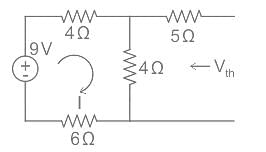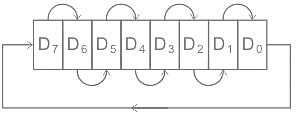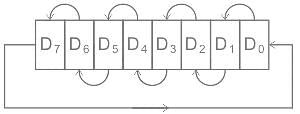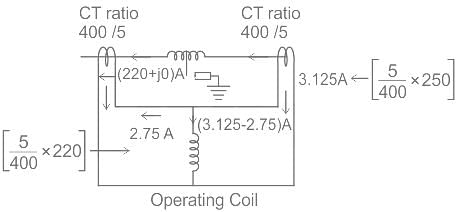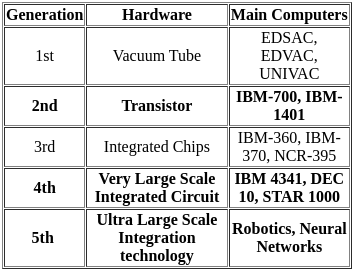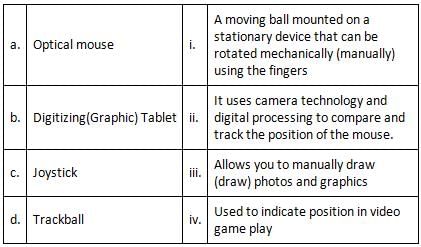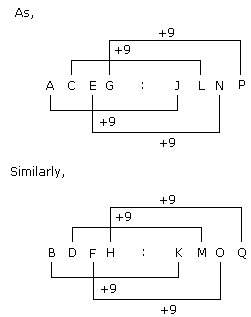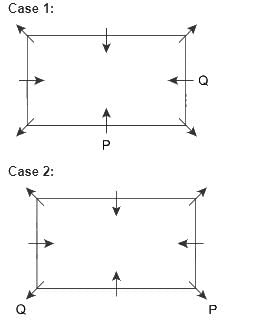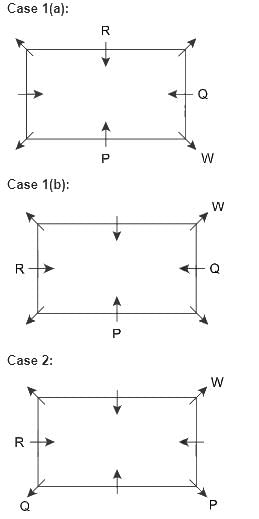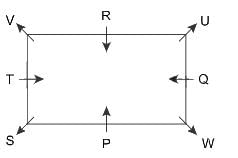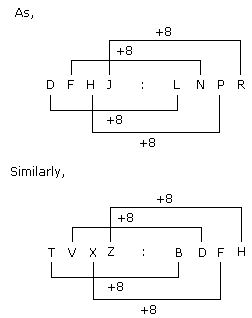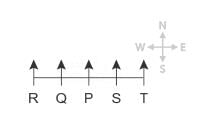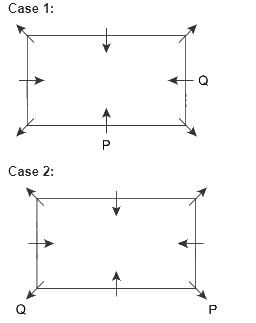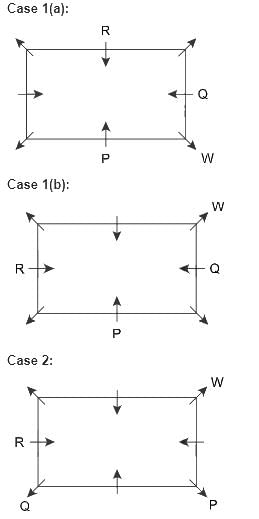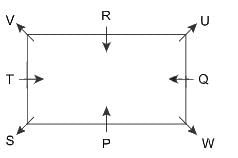BEL Trainee Engineer Electrical Mock Test - 4 - Electrical Engineering (EE) MCQ
30 Questions MCQ Test - BEL Trainee Engineer Electrical Mock Test - 4
A memory system has a total of 8 memory chips each with 12 address lines and 4 data lines. The total size of the memory system is
Find the Thevenin's voltage Vth across 2-ohm resistance.
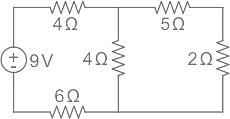

If the input and output of a system is related by the following differential equation, then find its transfer function.


For which of the following instructions, 9-bits are involved in the rotation?
A 4-pole DC motor is lap-wound with 400 conductors. The pole shoe is 20 cm long and the average flux density over one-pole pitch is 0.4 T, the armature diameter is 30 cm. When the motor is drawing 25 A and running at 1500 rpm, the torque developed will be nearly
A 30 kV, 50 Hz, 50 MVA generator has the positive, negative, and zero sequence reactance’s of 0.25 pu, 0.15 pu, and 0.05 pu, respectively. The neutral of the generator is grounded with a reactance so that the fault current for a bolted LG fault and that of a bolted three-phase fault at the generator terminal are equal. The value of grounding reactance is:
Consider a stator winding of an alternator with an internal high – resistance ground fault. The currents under the fault condition are as shown in the figure. The winding is protected using a differential current scheme with current transformers of ratio 400 / 5 A as shown. The current through the operating coils is
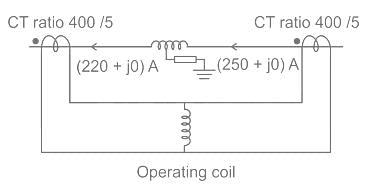
The signal flow graph for a system is given below.
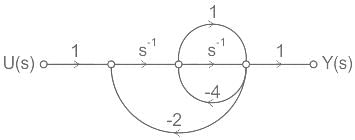
The transfer function  for this system is
for this system is
Directions: Select the most appropriate idiom (in the context) to fill in the sentence.
The goat they have at the circus sideshow is a real ________________, it was born with two heads!
Directions: In each of the following questions, a sentence has been given in Active (or Passive) Voice. Out of the four alternatives suggested, select the one that best expresses the same sentence in Passive/ Active Voice.
Shut the door.
Direction: Out of four alternatives,choose the one which can be substituted for the given words/sentence.
Anything which is no longer in use
A person who knows many foreign languages
Sheela recalls using transistors as part of her computer.
Which generation of computers used it?
What was the first computer with NO mechanical parts created by JW Mauchly and J Presper Eckert in 1943 called?
Directions to Solve
In each of the following questions find out the alternative which will replace the question mark.
Question -
ACEG : ? :: BDFH : KMOQ
Direction: Study the following information and answer the given questions carefully.
There are 8 persons, P, Q, R, S, T, U, V and W sitting around a rectangular table in such a way that four of them sit at four corners of the table while four sit in the middle of each of four sides. Persons who sit at the corners face outside the centre while those who sit in the middle of the side face inside.
Q sits second to the right of P. R sits third to the left of W. R faces inside. T sits third to the left of U. V sits second to the left of U. R is not an immediate neighbor of P.
Q. Four of the following five are alike in some manner hence belong to a group. Find the one that doesn’t belong to that group.
Directions to Solve
In each of the following questions find out the alternative which will replace the question mark.
Question -
DFHJ : LNPR :: TVXZ : ?
Directions: Each of the following consists of a question and two statements numbered I and II given below it. You have to decide whether the data provided in the statements are sufficient to answer the question:
How is ‘HEALTHY’ written in that code language?
Statement I: In a certain code language, EATING is written as HDRLLE.
Statement II: In a certain code language, REPLACE is written as PHNJDAH.
Directions to Solve
In each word of the following questions consists of pair of words bearing a relationship among these, from amongst the alternatives, pick up the pair that best illustrate a similar relationship.
Question -
Candle : Wick
P, Q, R, S and T are sitting in a straight line facing the North. P sits next to S but not to T. Q is sitting next to R, who sits on the extreme left corner. Who sits to the immediate left of S if T does not sit next to Q?
Direction: Study the following information and answer the given questions carefully.
There are 8 persons, P, Q, R, S, T, U, V and W sitting around a rectangular table in such a way that four of them sit at four corners of the table while four sit in the middle of each of four sides. Persons who sit at the corners face outside the centre while those who sit in the middle of the side face inside.
Q sits second to the right of P. R sits third to the left of W. R faces inside. T sits third to the left of U. V sits second to the left of U. R is not an immediate neighbor of P.
Q. Who among the following sits exactly opposite to U?
In this questions, a number series is given with one term missing. Choose the correct alternative that will continue the same pattern and fill in the black spaces.
Q. 1, 4, 9, 16, 25, (____)



